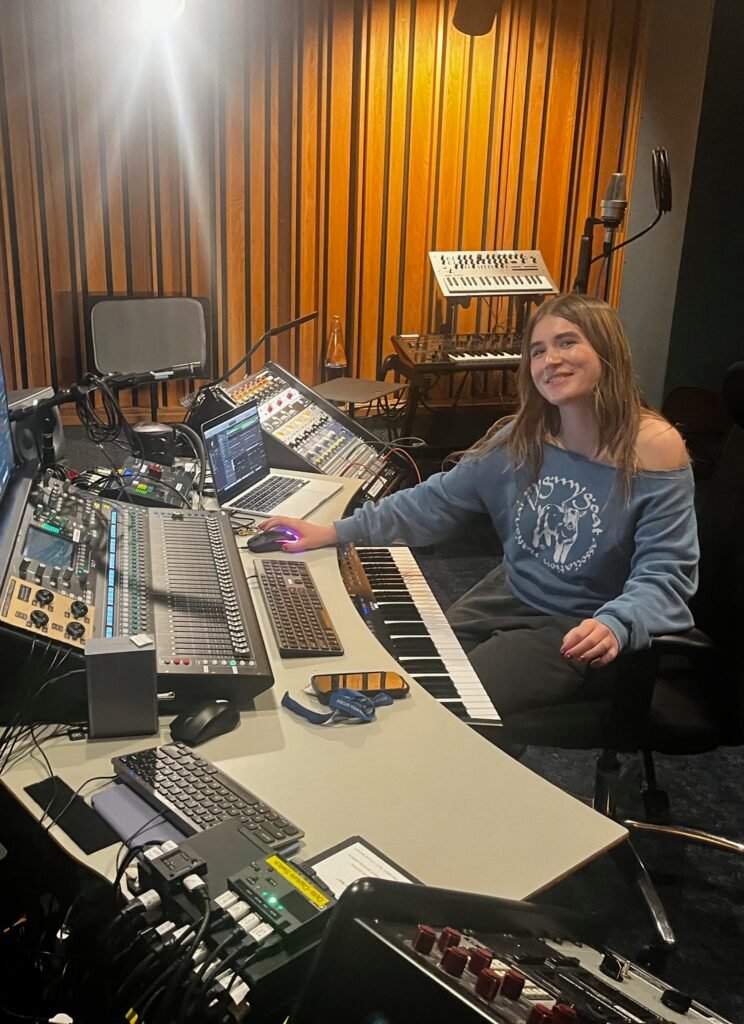
Music-Tech Tinkering
At Stanford’s Center for Computer Research in Music and Acoustics (CCRMA), I’ve been deeply involved in projects that blend technology and music in innovative ways. One of my recent projects involved building music devices controlled by microcontrollers. This work is particularly exciting because it allows me to explore the intersection of electronic engineering and sound design. By programming microcontrollers, I can manipulate sounds and create unique musical expressions that weren’t possible with traditional instruments. This hands-on experience has not only enhanced my technical skills but also expanded my creative horizons, pushing the boundaries of what I can achieve musically.
In addition to hardware projects, I’ve had the privilege of working in Stanford CCRMA’s state-of-the-art recording studio. This space is equipped with cutting-edge technology that provides an extraordinary environment for audio experimentation and recording. Here, I’ve been able to work on various recording projects, from fine-tuning my own compositions to collaborating with other musicians and sound artists. The studio’s advanced acoustics and equipment enable me to capture every nuance of performance with incredible clarity, making it an ideal place for both learning and creative exploration.
These experiences at Stanford CCRMA have profoundly influenced my approach to music and technology. Working in such an innovative environment encourages continuous learning and experimentation, allowing me to integrate new techniques into my music production. Each project and session in the studio is a step forward in my journey as a musician and technologist, offering endless possibilities to innovate and inspire.
Planetary Soundscaper
The “planetary soundscaper” project at Stanford CCRMA was a thrilling exploration into the fusion of astrophysical concepts with music technology. Inspired by the unique characteristics of various planets, I envisioned a device where mockups of planets could be manipulated haptically—through touch and movement—to produce distinct musical sounds. This idea stemmed from wanting to embody the ethereal and often intangible nature of space in a tangible form.
I designed the planetary models to respond to different physical interactions with each movement modulating aspects of the sound like pitch, volume, and pan. The creation involved meticulous programming and engineering, particularly in integrating the sensors with the microcontrollers that processed the physical data into sound outputs. The microcontrollers served as the brains of the operation, translating the gestural data into a wide array of sonic textures and patterns.
The end result was a highly interactive device that produces “cool music,” not just in a conventional sense but through an immersive, multi-sensory experience. Each performance with the planetary soundscaper is unique, reflecting the dynamic nature of the universe itself. This project not only highlights my capabilities in integrating technology with art but also represents a step forward in how we perceive and create music, offering a new way to experience the sounds of the cosmos.
Stanford Music Studio